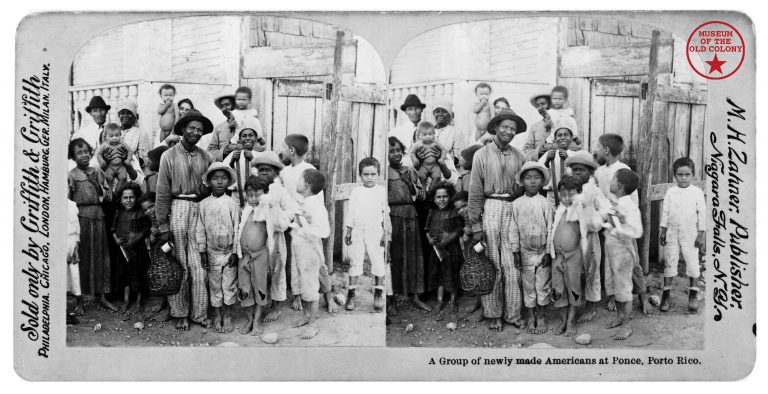Last year I invited Dr. Maurice Berger to an event that I curated. He was unable to attend, but when I told him that his writing inspired me to be a curator, he replied, “I am SO honored to hear this, Teri!” The ability to be in conversation with someone I had always aspired to be half as brilliant as was astonishing to me. We had been Facebook friends for a couple of years, and before that, I studied his canonical article, “Are Art Museums Racist?” for an independent study on Black Art & Religion at Texas Christian University. That seminal text, published in 1990 in Art in America, was a clarion call to his fellow white art critics, curators, and academics, and was one point in a continuum of advocacy that Berger consistently displayed throughout his career.
A few years ago, Berger posted an offer on Facebook, inquiring if anyone needed access to the piece. I asked for a copy and he emailed it to me immediately. I love that he was so genuine when many people with his level of accolades, awards, and sheer brilliance were anything but. In every possible way, he was a wholly authentic, good human. Berger was an active and incisive Facebook personality, a photographer, a husband, and a mentor. He died on Sunday, March 22, 2020 in New York from complications related to COVID-19. He was 63 years old and is survived by his husband, Marvin Heiferman, and a sister, Beverly Berger.
A profound cultural critic and art historian, Berger was a research professor and chief curator at the Center for Art, Design and Visual Culture at University of Maryland, Baltimore County. Among the exhibitions he organized at the CADVC were traveling retrospectives of Adrian Piper and Fred Wilson; he also curated exhibitions at the International Center of Photography, the Jewish Museum, the Whitney Museum, and, possibly most famously, For All the World to See: Visual Culture and the Struggle for Civil Rights, at the Smithsonian’s National Museum of African American History and Culture in partnership with the CADVC. His books include White Lies: Race and the Myths of Whiteness (1999) and How Art Becomes History (1992), along with countless exhibition catalogs. He was prolific and opinionated and his writing has been featured in Artforum, Art in America, Aperture, Village Voice, Brooklyn Rail, Pen America, Wired, National Geographic, and the Los Angeles Times.
Hearing of Berger’s death was the first time I cried since the onset of the COVID-19 pandemic. When I got the email alert in my inbox I just blinked, because I could not comprehend what I was reading. Berger was the first person I have personally interacted with who has died from COVID-19. I admired him so much and was certain that soon our paths would cross, in real life. I would tell him that the clarity and brilliance of his words astounded me and compelled me onto a curatorial path, and I would thank him for inspiring me towards clarity and brilliance in my own writing.









